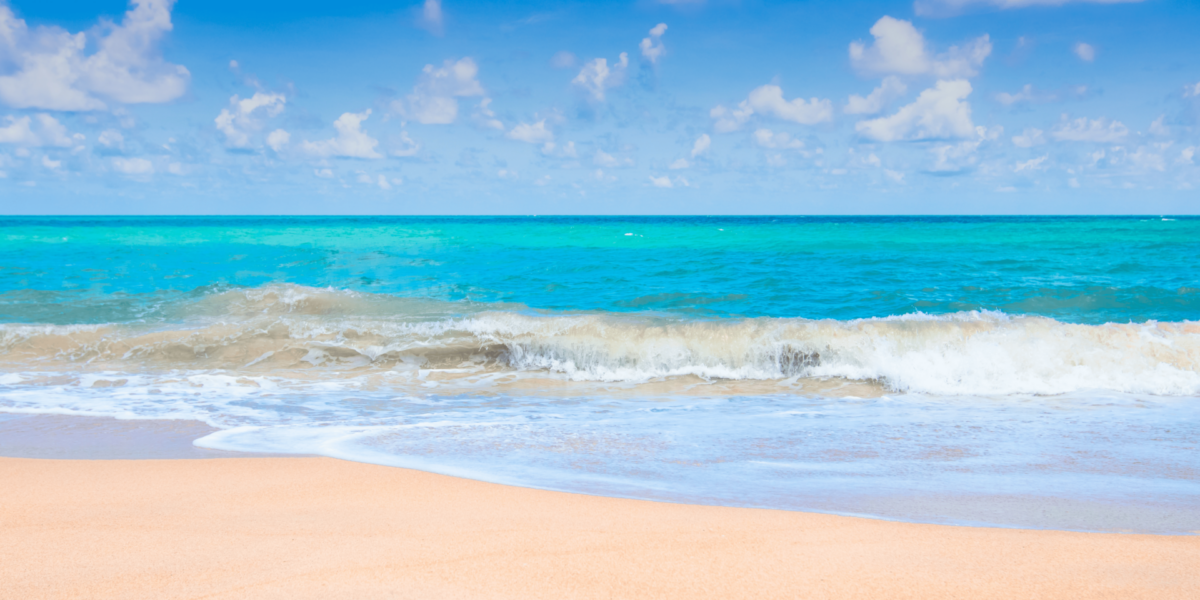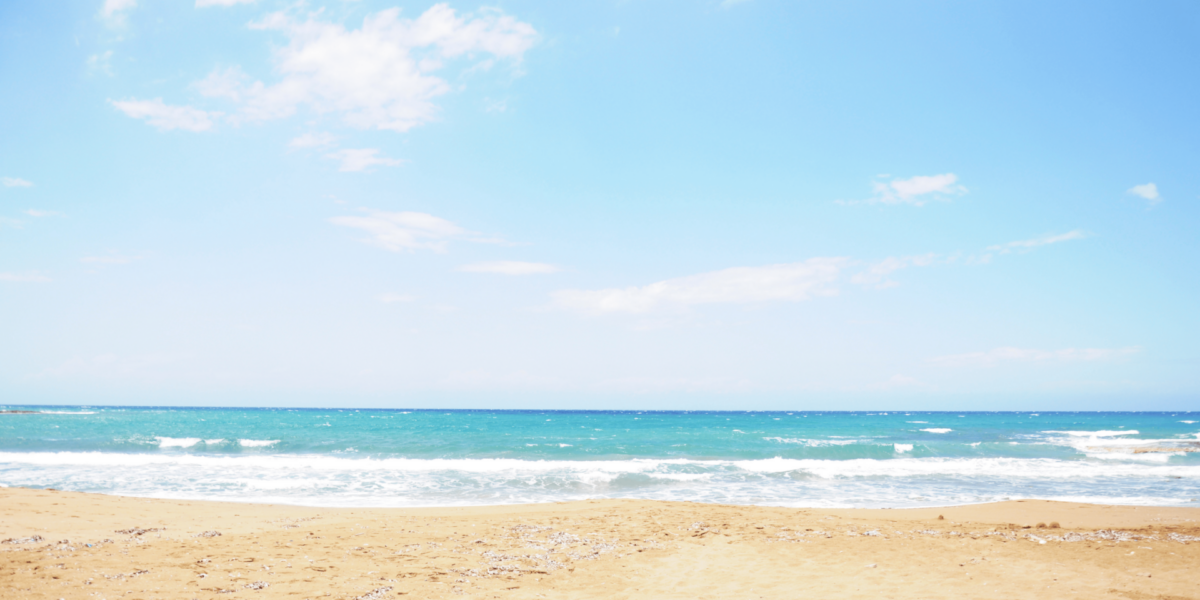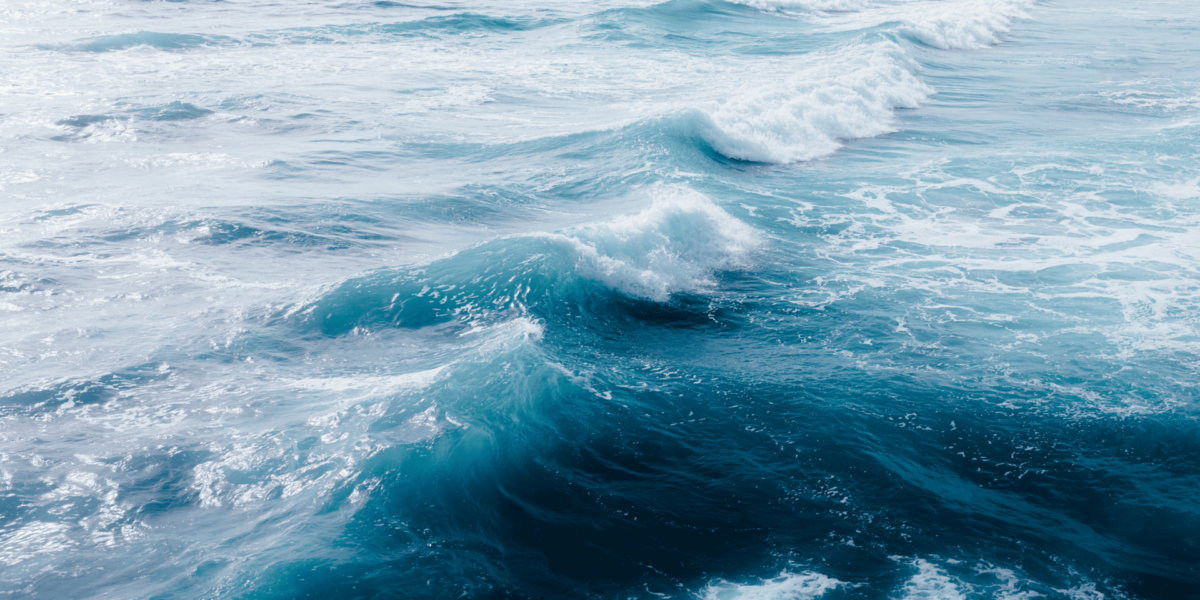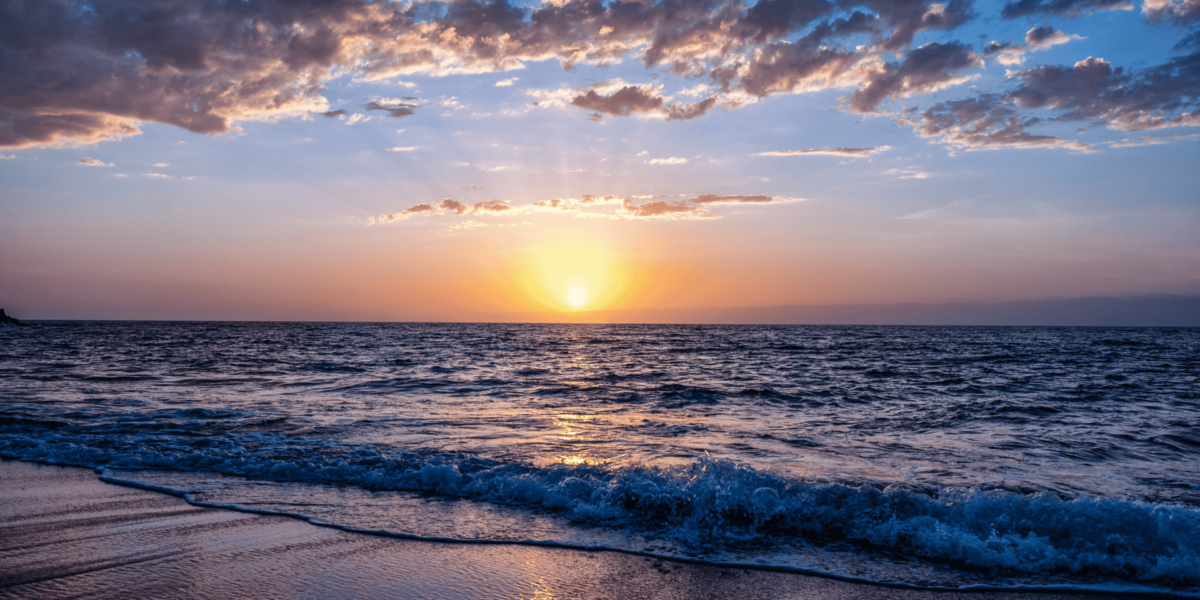Coastal dunes shift and reshape constantly, driven by wind, sand, and seasonal weather. These dunes are not fixed—they move, grow, and collapse over time. At Pamela Beach and other shoreline areas, the wind becomes a silent sculptor, carving new forms into the landscape with every gust.
How Wind Initiates Dune Formation and Change
Wind movement is the primary force behind dune development. As wind travels across the beach, it picks up dry, loose sand and pushes it inland. When the wind slows down—usually due to vegetation or uneven terrain—the sand drops and begins to build into a mound.
On a windy afternoon, a person walking near the beach grass might notice grains of sand brushing against their ankles. Over several hours, this movement creates gentle ridges and swells along the edge of the shoreline. These early formations, called embryo dunes, mark the first stage of dune growth, shaped entirely by steady wind flow.
Vegetation Helps Stabilize Coastal Dunes
Once the wind begins building up sand, native vegetation plays a key role in holding the dunes in place. Plants like beachgrass trap sand with their stems and roots. These plants prevent erosion and allow the dunes to grow taller over time. Without them, the wind would scatter sand back toward the water or further inland.
At the edge of Pamela Beach, dune grass bends with the wind but keeps its roots firm. This flexibility helps it survive strong coastal weather while continuing to anchor the sand beneath it. The interaction between wind and vegetation builds a stable system—one that adjusts but doesn’t collapse under pressure.
Seasonal Weather Patterns Affect Dune Movement
The pace and direction of dune changes vary depending on the season. In summer, lighter winds tend to spread sand slowly across a wider area. In winter, stronger storms often reshape dunes more aggressively. These patterns are not random—they reflect larger systems of climate and ocean behavior.
A visitor returning to the same beach in different seasons may find the landscape changed. A once-flat patch may now hold a tall crest, or a previously high dune may be flattened by wind-driven waves and wind-blown sand. The shift in shape tells the story of how weather influences terrain over time.
Surface Texture Reveals Recent Wind Activity
Wind not only moves dunes but also leaves visible traces on their surfaces. Ripple marks, sand streaks, and sharp ridges form in response to wind direction and speed. These features are temporary and often change within a day, depending on weather conditions.
A person standing at the base of a dune may see a smooth face where the wind hit directly and a rougher, more textured side where the wind curled around and dropped its load. These surface patterns reveal how recent wind behavior shaped the dune, allowing observers to understand the direction and strength of airflow without instruments.
Human Activity Can Disrupt Natural Dune Movement
While wind and plants shape dunes naturally, human interference often changes their pattern. Walking directly on dunes can crush plant roots and loosen compacted sand. Without vegetation, dunes erode faster and lose their form. Over time, this leads to loss of dune height and increased shoreline vulnerability.
Fencing and designated pathways along Pamela Beach help guide foot traffic and reduce this damage. A person following these paths helps preserve the natural system. Even small actions, like staying off the steep dune faces, support the balance between wind-driven growth and ecological stability.
Dune Crests Shift in Response to Persistent Wind
The highest part of a dune—the crest—often shifts slightly with each storm or prolonged gust. As wind pushes more sand to one side, the crest migrates, and the dune’s shape changes. This movement isn’t instant; it takes consistent wind from the same direction to shift large amounts of sand.
From a distance, it may look like the dunes haven’t moved. But over several weeks, someone observing closely will notice the crest tilting, the slope changing, and the distance from waterline to dune growing. This slow drift marks the continuous influence of wind on coastal form.
Light and Shadow Enhance Dune Structure at Dawn and Dusk
The angle of sunlight near sunrise and sunset reveals more about dune movement. Low light stretches shadows across the sand, highlighting ridges, troughs, and slip faces. These shadows outline the texture created by the wind and give the dunes a sculptural quality.
A person walking along the shoreline at dusk may see long lines of shadow cast by small ridges in the dune field. These shadows change as the sun sets, offering a clear view of how wind has carved and smoothed the surface. Capturing this moment—whether through observation or photography—adds another layer of understanding to the coastal landscape.
Dune Movement Helps Protect Inland Ecosystems
Dunes act as barriers that absorb wind and wave energy before it reaches inland areas. The movement of dunes allows them to adjust to rising sea levels and shifting coastlines. This flexibility makes dunes essential to the long-term protection of beachside forests, wetlands, and communities.
At Pamela Beach, dunes buffer walking paths and nearby marshland from storm surges and strong winds. Even as they shift slightly each season, they continue to act as a frontline defense. Their ability to move without breaking apart is what makes them effective as natural barriers.
Observing Dune Behavior as a Coastal Habit
Spending time at the edge of a dune field encourages deeper awareness of the beach’s rhythm. Wind patterns, surface changes, and plant movement all signal ongoing coastal activity. Each visit reveals something new—not through sudden changes, but through accumulated shifts in form and space.
A person returning to the same dune over several months will notice its crest move, its base spread, and its shape evolve. These details don’t call attention to themselves, but they hold the story of time, wind, and balance. Observing dunes this way turns a walk on the beach into a study in natural motion.









